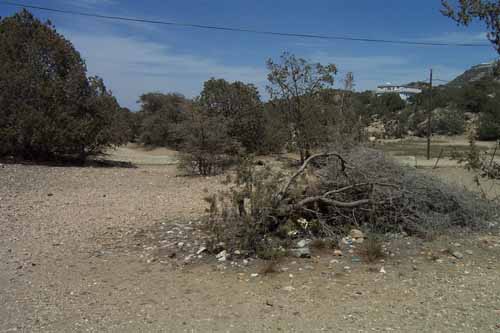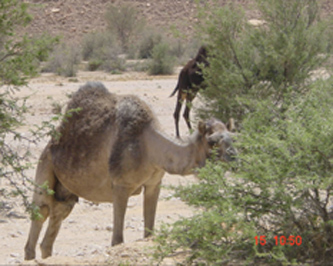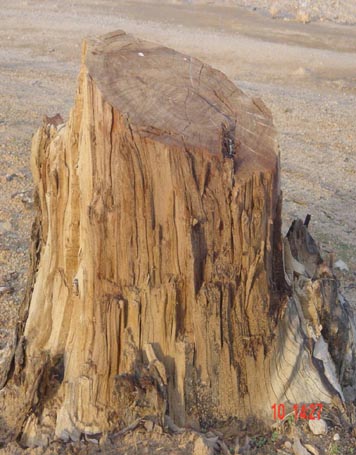Plant Diversity in Saudi Arabia
Causes of Environmental Degradation- A prespective

Similar to other parts of the world, Saudi Arabia also has different scenarios of ecosystem degradation. Over-exploitation including over-grazing, expanding urban activities, habitat destruction and mutilation, selective removal of species, all cause varying levels of genetic erosion. fragmentation of habitats, rarity, endangerment, thin populations or narrow genetic base of germplasms, paucity of regeneration, reproductive inefficiencies, etc, are physical syndromes of ebbing for survival, which a large number of plants in the Kingdom displays. Although our knowledge about the flora is unveiling rapidly, the potential use of many wild plants is yet to be revealed. Moreover, the rate of species extinction has increased steadily in these decades. The erosion of genetic diversity within species is also even faster than anticipated..
There is growing awareness now in the scientific community as well as the public that, effective conservation of the gene pools of wild and crop plants is needed in every sector of the biosphere, so as to enable to tap this reservoir for the benefit of man. Scientists reported that overgrazing deprive the rangelands and in extreme case, even palatable annual grasses may hardly be visible in vegetation rich areas such as in meadows as livestock consumes them right in their juvenile phase. Bedouin community in Saudi Arabia owns only 3% of the domestic herds. On the other hand, people live in cities, who owns majority of herds (c. 60%), is responsible for the commercial livestock production in the rangelands and creates maximum destruction. During 1982-1986 period, the number of sheep has increased by 122% whereas goats and camels by 126% and 123% respectively. The percentages of the present decade would be much higher than the one projected few decades ago.
Out of 2,243 species or so in the Kingdom, about 52 are reported to be strictly indigenous to Saudi Arabia. Majority of these species are represented by thin populations. Many plants such as Salvadora, Artemisia, etc, are also threatened by overexploitation or illegal trade. Some of the endangered trees such as Mimusops laurifolia, Faidherbia albida and Breonadia salicina deserve immediate conservation measures. Deterioration of the natural vegetation in the south-western region has been a great concern for conservationists, botanists and nature lovers alike. Large areas of vegetation-rich mountains were cleared in the past for urban as well as agricultural development. The practice of terraced cultivation in the escarpments was once widely appreciated as a wonderful soil conservation measure. Though many terraces are still used for cultivation, majority of the terraces are either unused or have been destroyed.
Though the lionís share of the cooking fuel in the Kingdom is derived of fossil origin, firewood is widely used for various levels recreations. As a result, many plant species (Acacia, Calligonum, Haloxylon, Maerua, Juniperus, etc.) have been particularly targeted by fuel wood gatherers. The increasing commercial demand for charcoal, on the other hand, is also a threat to many wild plants including the Juniper woodlands of the Asir Mountains. According to latest estimates, approximately over 10,000 hectares of rangeland are being degraded in Saudi Arabia every year.


Site designed and maintained by Dr. Jacob Thomas, Herbarium (KSU), Dept. of Botany & Microbiology,
King Saud University, Riyadh, Saudi Arabia.